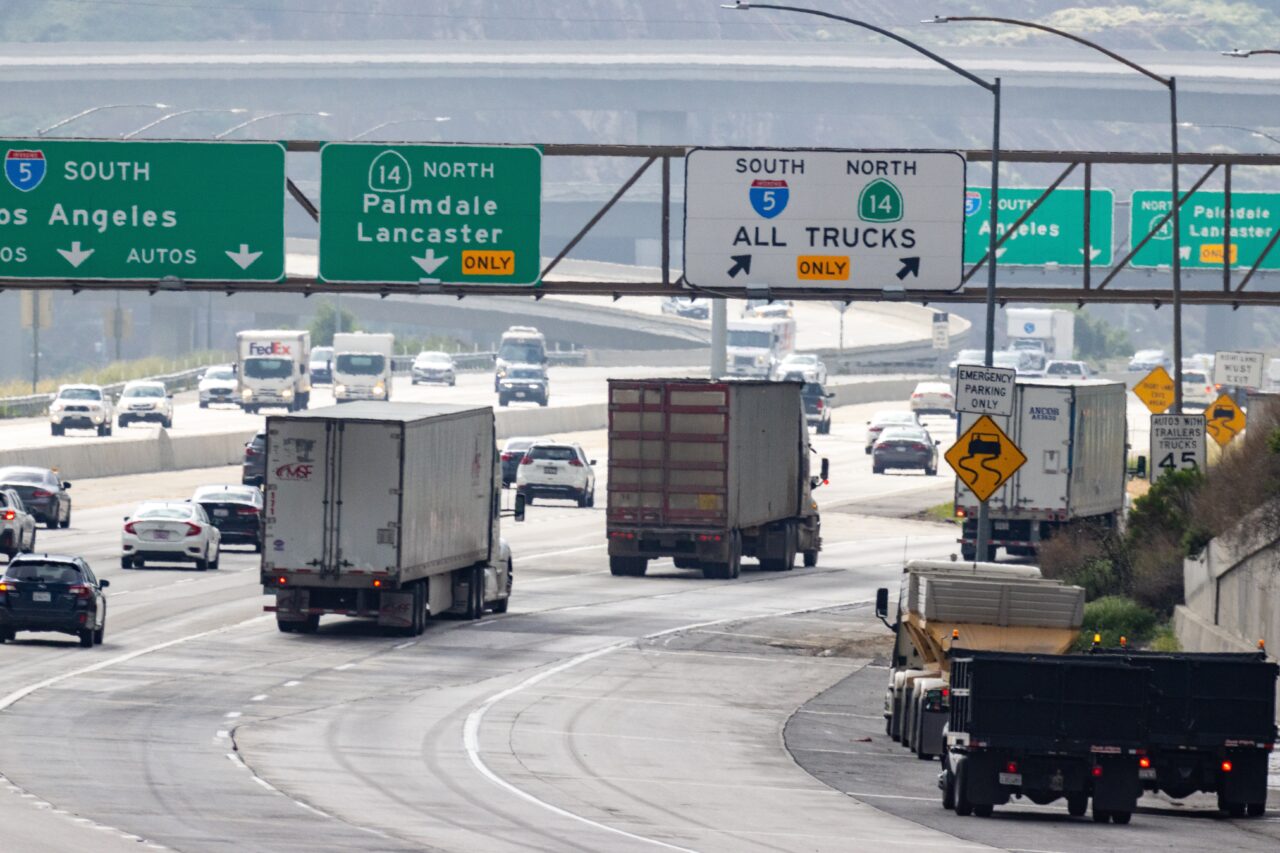Whether it’s holding regular safety meetings, sending relevant notices through our “Safety Is A CPC FACT” program or providing coaching and online training, CPC has established a culture of safety with thousands of touchpoints with our professional truck drivers. Our extraordinary focus on safety has resulted in a record that is three times lower than the trucking industry average.
As we observe National Safety Month this June alongside the National Safety Council, CPC Senior Operations and Safety Manager Isaac Harmon shares five safety tips to keep drivers and those they share the road with safe this summer.
1. Hydrate. Hydrate. Hydrate.
As temperatures rise across the country, it is important to stay hydrated throughout the day. Symptoms of dehydration include headaches, dizziness and lightheadedness, fatigue and dry mouth, but the most obvious indicator is urine color. The darker it appears, the more dehydrated you are.
Proper hydration begins 48 hours prior to engaging in physical activity. A general guide is to drink half your body weight in fluid ounces of water to be fully hydrated. As an example, a 200-pound person should drink 100 fluid ounces of water to remain hydrated. As your body expels sweat, more water may be needed. Knowing the early warning signs of dehydration can help you stay on top of your game and avoid a heat-related illness.
Avoid alcohol and caffeinated drinks. Other than water, any beverage with electrolytes such as sports drinks will help your body retain water in the heat.
Read more about hydration in this CPC FACT notice.

2. Wear sunglasses.
Sunny weather means it’s time to pull out your sunglasses. Not only do sunglasses protect drivers’ eyes from harmful ultraviolet radiation, but they also help reduce intense glares from the road, dashboard and other vehicles. Sun glare accidents often occur in the early morning and late afternoon when the sun is positioned out of range for protection by the sun visor.
Selecting the right pair of sunglasses is key to providing the best visibility. Read more in this Tandem Talk article.
3. Take precautions to combat the heat.
There are three heat-related illnesses drivers should be aware of.
Heat Cramps
According to the American Red Cross, heat cramps are muscle spasms caused by a large loss of salt and water in the body. Symptoms include heavy sweating with muscle pain and spasms. If you feel heat cramps coming on, seek out a cool place and hydrate. If you have a heart condition or cramps that last longer than one hour, get medical attention.
Heat Exhaustion
Heat exhaustion is a more severe condition that includes heat cramps as well as a fast or weak pulse, nausea or vomiting, cold or pale skin, fatigue and dizziness. As with heat cramps, find a cool place, hydrate slowly, loosen tight clothing, and use wet cloths and fans to cool down. Get medical attention if vomiting occurs, confusion develops, symptoms last longer than an hour or they get worse.
Heat Stroke
Heat stroke is a deadly heat illness that requires emergency medical assistance. Symptoms include a body temperature of 104 degrees or higher, a fast, strong pulse, dizziness or headache, hot or red skin, nausea, confusion or fainting. If you suspect heat stroke, call 911 right away and then administer the same treatments as heat exhaustion. However, do not drink any fluids.
Read more about heat-related illnesses in this CPC FACT notice.
4. Give motorcyclists plenty of space.
With clear skies and warm weather, you are bound to see more motorcycles on the road during the summer months. Both motorcyclists and professional drivers should take precautions to avoid collisions that could lead to serious injuries and even fatalities.
Drivers should use their defensive driving skills to constantly monitor and update their surroundings. Trucks have large blind spots motorcyclists can easily get lost in. Constantly checking your mirrors, updating your surroundings and driving defensively can help drivers stay alert to the changing environment and motorists around them.
Learn more from the American Trucking Association here.

5. Prepare for the summer travelers.
With children out of school families are loading up their boats, RVs and campers for road trips. Truck drivers should prepare for the extra drivers on the road by:
- Practicing patience and avoiding road rage.
- Not driving in crowds and always leaving themselves an out.
- Planning routes ahead of time, making note of construction areas and weather conditions.
- Giving extra room on the road and engaging in defensive driving.
- Keeping an eye out for inexperienced drivers with oversized trailers and RVs.
Wherever your routes may take you this summer, take the proper precautions to stay safe.


